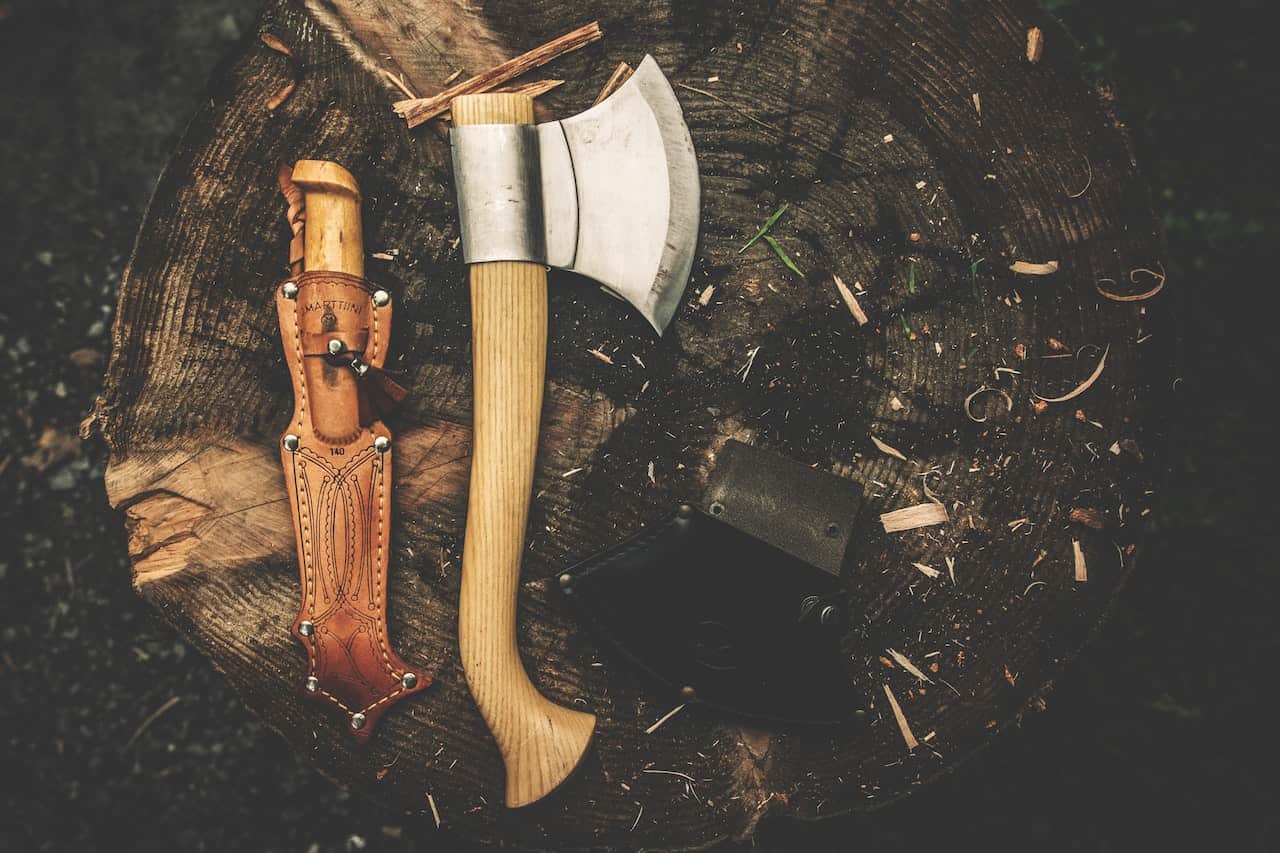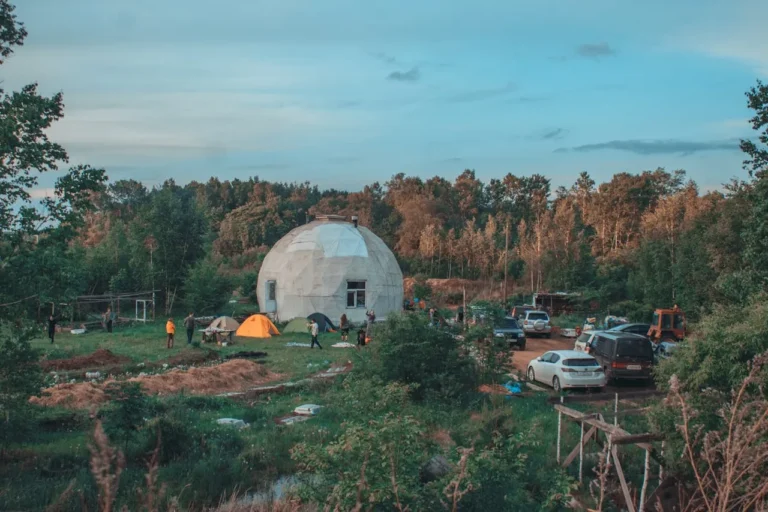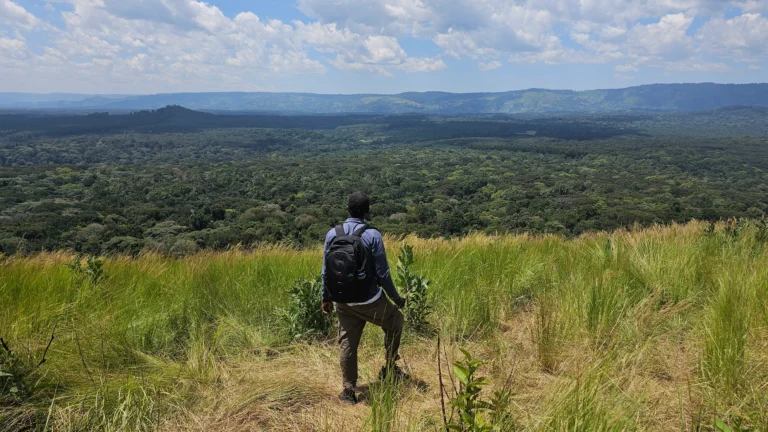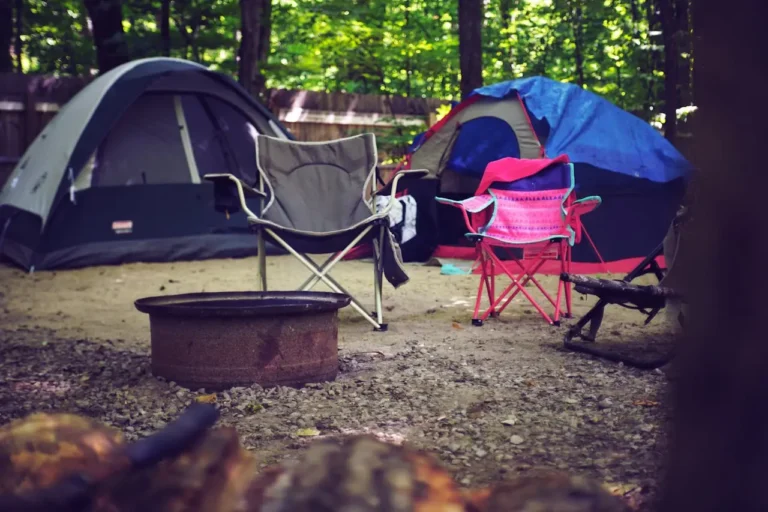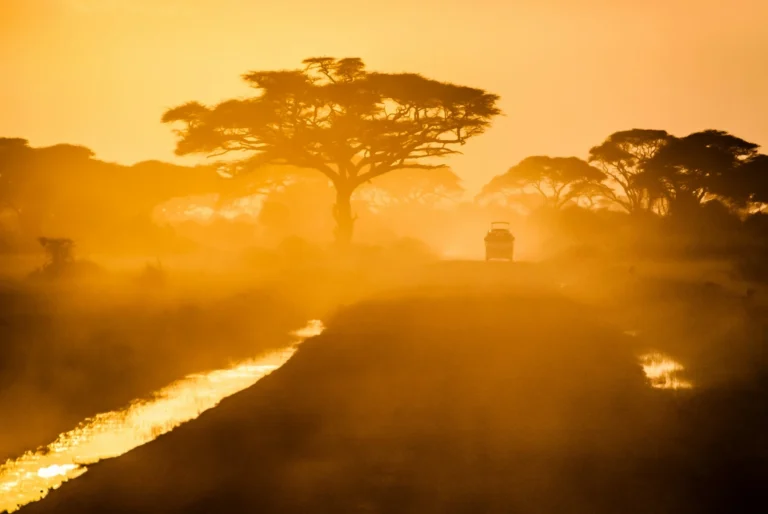How To Choose The Best Knife For Backpacking
A trustworthy and high-quality camping knife is necessary when backpacking. The best camping knife for backpacking can be utilized for many different things, including meal preparation, camp setup, and even emergency scenarios. Consideration must be given to a number of criteria when selecting the best camping knife for backpacking. When choosing a knife, take into…
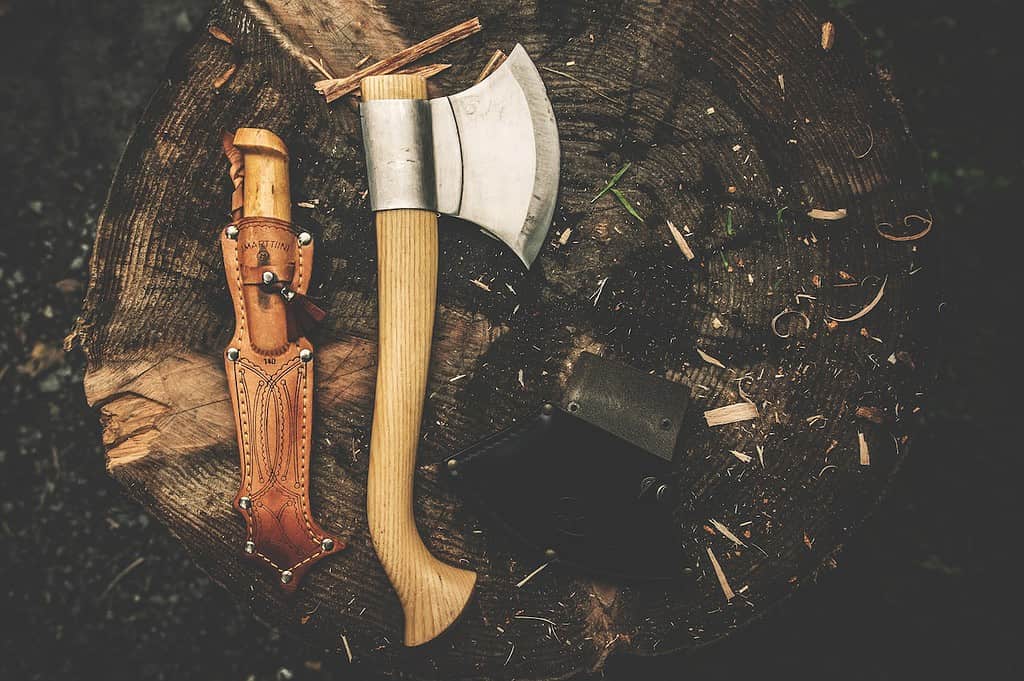
A trustworthy and high-quality camping knife is necessary when backpacking. The best camping knife for backpacking can be utilized for many different things, including meal preparation, camp setup, and even emergency scenarios.
Consideration must be given to a number of criteria when selecting the best camping knife for backpacking. When choosing a knife, take into account the sheath, handle material, weight, handle style, and blade material. Choosing the appropriate knife will provide you a dependable instrument that can make your hiking trip safer and more fun.
Yet, choosing the best knife for backpacking for your needs might be difficult given the wide variety of options available. We’ll walk you through the process of choosing the best camping knife for backpacking in this post.
Blade Composition
One of the most crucial aspects to take into account when choosing the best camping knife for backpacking is the blade material. Stainless steel and high carbon steel are the two most popular types of blade material. Blades made of stainless steel are long-lasting, rust-resistant, and low-maintenance.
Blades made of high carbon steel, however, are more durable and hold an edge more securely, but require greater upkeep to avoid corrosion. The decision between these two materials ultimately comes down to taste and the knife’s intended purpose.
Blade Design
The blade’s design should also be taken into account. There are three major blade styles: straight, serrated, and slightly serrated. Straight blades are better for activities such as slicing and chopping, whereas serrated blades excel at cutting through tough materials like rope and wood.
With both a straight edge for slicing and a serrated edge for sawing, partially serrated blades give the best of both worlds. Choose a blade style that is appropriate for the jobs you’ll be utilizing the knife for by taking into account your needs.
Cutlery Length
A camping knife’s blade length can range from a few inches to several inches. Shorter blades work better for fine cutting and delicate work, while longer blades are best for chopping and slicing. Consider the jobs you’ll be completing before selecting the blade length, then choose the length that best meets your requirements.
Utilize Materials
A camping knife’s handle should be cozy to hold and offer a secure grip. Handles are frequently made of wood, plastic, and rubber. Hardwood handles have a classic appearance and feel, but they can be dangerously slick when wet.
Although plastic handles are sturdy and simple to clean, they could not offer a strong grasp. Although rubber handles are comfortable to touch and provide excellent grip, they might not be as long-lasting as other materials. Choose a handle material that is stable in your hands and feels pleasant.
Weight
A camping knife’s weight is an important factor to take into account, especially if you plan to carry it over extended distances. A hefty knife may be difficult to carry, whereas a light knife might not be strong enough for frequent usage. Choose a weight for the knife that strikes a balance between portability and durability based on the jobs you’ll be using it for.
Sheath
A camping knife needs a sheath as a crucial component. A quality sheath will shield the knife’s blade from harm and give you a safe and secure method to carry it. Look for a sheath that is both composed of sturdy materials and securely fits the knife.
Size Of The Blade
The blade’s thickness is still another crucial factor. Although they are more robust and capable of handling demanding duties, thicker blades might be trickier to control for clean cuts. For detailed work, thinner blades are better since they may be simpler to manage, but they might not be as strong. Choose a blade thickness for the knife that is appropriate for the jobs you’ll be using it for.
Tang
The part of a camping knife’s blade that continues into the handle is called the tang. A knife with a full tang has a blade that extends all the way into the handle, whereas a knife with a partial tang only has a blade that reaches halfway into the handle. Knives with full tangs are typically more resilient and offer better balance, but could cost more. Knives with partial tangs are less expensive, however they might not last as long.
Fixed vs. Folding Blade
Folding and fixed blade knives are the two main styles of camping knives. Although they are small and portable, folding knives could not be as strong as fixed blade blades. Fixed-blade knives are more robust and capable of handling demanding jobs, although they could be heavier to carry. Choose a knife type that is appropriate for the jobs you’ll be utilizing it for by keeping those needs in mind.
Budget
When choosing a camping knife, think about your budget. Although it’s crucial to get a high-quality knife that suits your demands, you don’t want to spend too much money. Choose a budget and a spending limit before searching for a knife that delivers the finest features and value for the money.
Knife Grind
The cross-sectional design of a camping knife’s blade is referred to as its grind. The durability and cutting performance of the knife might be impacted by different grinds. The hollow, flat, and convex grinds are the three most popular types.
Although hollow grinds are simple to sharpen and are effective for slicing, they are not as powerful as other grinds. Flat grinds may not be as sharp but are more robust and capable of handling heavy-duty activities. Convex grinds offer a nice compromise between sharpness and toughness, although they could be more challenging to sharpen.
Deal With Ergonomics
A camping knife’s handle’s ergonomics should also be taken into account. Look for a handle that is stable in your hands and feels comfortable. Handles made of wood or other synthetic materials like rubber or polymer may offer a superior grip and durability than bone, bone may nevertheless be aesthetically beautiful. Moreover, grips with a textured or patterned surface could offer a greater grip in slick or rainy conditions.
Shackle Type
A camping knife’s utility on a backpacking trip may also depend on the sort of sheath that it has. While a sheath that fastens to a backpack or other piece of equipment can make it simpler to retrieve the knife when you need it, a sheath with a belt loop or clip can make carrying the knife on your person more convenient. Furthermore take into account the sheath’s material; while leather is strong and attractive, it might not be as weatherproof as synthetic materials.
Cutlery Length
Another thing to think about is the blade length of the camping knife. Shorter blades are better for precise work like carving, while longer blades are better for labor-intensive chores like chopping. Think about the tasks you’ll be performing with the knife.
Reputation Of A Brand
While choosing a camping knife, take brand reputation into account. Choose companies who have a reputation for making high-quality knives that are trustworthy, long-lasting, and suitable for outdoor use. Finding a company that is reliable and has a track record of making high-quality knives can be made easier by reading internet reviews and conducting research.
Corrosion Protection
While choosing a camping knife for backpacking, take into account the blade’s level of corrosion resistance. Knives constructed of high carbon steel or stainless steel are frequently more rust- and corrosion-resistant, making them perfect for usage in moist or humid situations. But, carbon steel blades might need more upkeep to avoid rust and corrosion.
Blade Form
The blade’s use during a trekking trip can also depend on its shape. For various purposes, different blade forms are more appropriate. A drop point blade, for instance, is adaptable and can complete a variety of jobs, but a clip point blade is best for fine work like carving or piercing. A tanto blade is made for use in demanding operations like chopping and slicing. Choose a blade form that fits the tasks the knife will be used for by taking these into account.
Weight Allocation
The balance and control of a camping knife can be impacted by its weight distribution. Seek for a knife with an even distribution of weight that is balanced between the handle and the blade. This may facilitate using the knife for longer periods of time
Multipurpose Tools
Think about whether you require a camping knife that is also a multi-tool. A saw, bottle opener, or can opener are all essential extras that some camping knives include that can come in handy while trekking. But remember that a knife with more functions could be bulkier and less streamlined than a straightforward camping knife.
Individual Preferences
The finest camping knife for backpacking is ultimately the one that suits your preferences and requirements. When choosing a knife, take into account elements like style, design, and aesthetics. Try out other knives in-person as well to get a sense of their weight, balance, and ergonomics. For a camping trip, the knife you choose should fit naturally and comfortably in your hand.
In conclusion, you may choose a knife that is dependable, long-lasting, and well-suited to your needs on your outdoor activities by taking into account all of these characteristics when choosing a camping knife for backpacking.
Happy camping!

